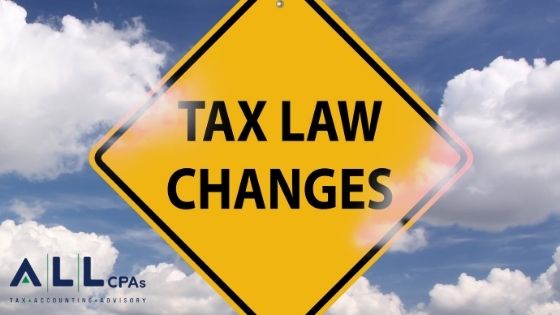
As the COVID-19 pandemic continues to roll forward, the continuing growth of expenses for healthcare providers has shown the need for a range of additional assistance programs. Recently, the U.S. Department of Health and Human Services (HHS), utilizing the Health Resources and Services Administration, has announced that it will be making an additional $25.5 billion of new relief funds for healthcare providers available to help these providers meet their needs during these difficult times.
Funding Breakdown: ARPA Medicaid, CHIP and Medicare and PRF Phase 4
So how is this funding broken down? It includes additional funding for providers through the American Rescue Plan Act totaling $8.5 billion, specifically slated for rural patients with Medicaid, Children’s Health Insurance Program and Medicare. At the same time, the Department has also moved forward with an additional $17 billion under Phase 4 of the Provider Relief Fund, providing additional funding for a wide range of providers that are able to document losses of revenue or higher expenses from the pandemic. However, figuring out exactly what the qualifications are can make it difficult to determine if your healthcare organization can qualify for these funds. For that reason, we’ve broken it down here, making it easier for providers to understand whether they are able to receive assistance with their costs.
American Rescue Plan Act
Though there are not many details released yet on this Medicaid, Children’s Health Insurance Program and Medicare funding expansion, it is specifically being focused on rural patients. It’s entirely possible that this focus is due to the lower COVID-19 vaccine rates in rural counties, to help lower provider costs in getting vaccine rates up in these areas, especially given the Biden administration’s focus on increasing vaccine rates across the country.
Because of the plan’s COVID-19 focus, it’s expected that providers will use the funding to help increase testing, diagnosis and treatment of the disease in rural populations. However, the Act also includes language that suggests that providers can also recoup lost revenues due to the COVID-19 pandemic, whether due to closures of nonessential businesses or through limitations on services to prevent the pandemic from spreading further. This fund is similar to the funding found in the Provider Relief Fund, though there are a few differences that you’ll need to take into account for your healthcare organization.
Provider Relief Fund Phase 4
Using requirements that are consistent with those that were used in the Coronavirus Response and Relief Supplemental Appropriations Act of 2020, Phase 4 of the Provider Relief Fund includes payments which are going to be based partially on the lost revenues from providers, as well as their COVID-19-related expenses that took place from July 1, 2020, until March 31, 2021. Focused on reimbursing smaller healthcare providers who generally have thinner margins while serving isolated or vulnerable communities, these providers will receive a higher rate of reimbursement for coronavirus-related expenses and lost revenues when compared to large healthcare organizations.
This phase also includes bonus payments for providers, based on how many services the providers are able to deliver to Medicare, Medicaid and Children’s Health Insurance Program (CHIP) patients. This is due to the lower income of these patients, who often also have higher levels and more complex needs medically. These bonus payments will be priced at the higher Medicare rates for CHIP and Medicaid patients, ensuring that disabled individuals, seniors, low-income children and pregnant women receive equitable care during the COVID-19 pandemic. To help speed up the application process while streamlining it and minimizing the burdens of administration, both programs will be using the same applications, making it easier for providers to apply for both programs at the same time when eligible, with the application portal opening on September 29, 2021.
Given the strain of recent natural disasters, as well as the fast spread of the Delta variant, HHS has also announced a 60-day grace period, making it easier for providers to move into compliance with Provider Relief Fund reporting requirements if they are unable to meet the September 30, 2021 deadline for the first Reporting Time period. Though the deadlines for using the funds and the reporting period won’t change, recoupment or other enforcement activities will not be initiated by HHS during the grace period.
If you have any questions or want to find out if your healthcare organization is eligible for these programs, please contact your ALL tax advisor or call us at 617-738-5200.
Recent Articles
Rising Construction Costs from COVID-19 Lead to New Bidding Approaches
Like other essential industries, t [...]
Nexus Requires Compliance and Begins by Filing Tax Returns
“Nexus” may sound like the name of [...]
The Impact You May See from the Build Back Better Act’s Tax Changes
The Build Back Better Act came und [...]




